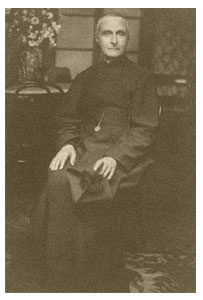 With the formation of the independent States of Latin America, various Camillian religious communities ceased to exist. This took place in Peru as well.
With the formation of the independent States of Latin America, various Camillian religious communities ceased to exist. This took place in Peru as well.
The only survivor had stayed at the house of Buenamuerte (of the ‘good death’) which, although it had declared that it had separated from Rome because of the wishes of the authorities, had experienced disorders and dramatic moments due to the anti-clerical tendencies of those in power in the national government.
Despite the critical situation, the people had expressed constant love for this community of Camillian religious, defending them, not least because they had never strayed from their faithfulness to caring for the sick.
However in that religious community there had always been evident a wish to depend on the central government of the Order which was located in Rome, a policy that had been advocated and implemented by the founder of the Order, St. Camillus de Lellis.
This first step needed to be accompanied by a project of reform that restored the religious house to a style of life in conformity with the requirements of the Gospel and the Rules of the Institute.
Luigi Tezza was entrusted with this sensitive mission. The choice of Father Tezza as visitator to the Camillian community of Lima was no accident. In turning to him, the Superior General, Father Giuseppe Sommavilla, who had taken over from Father Giovanni Mattis, knew that he could rely upon a person who was rich in experience and who had a good knowledge of the situation of the Camillian community in the capital city of Peru.
The state of mind of Tezza while waiting to leave for Lima from Genoa is well described in letters that he sent to the Daughters of St. Camillus over the space of a few days.
In the correspondence of that period, he did not hesitate to express his own feelings. The sacrifice of his separation, indeed, was mitigated by the observation that the spirit of the Lord reigned over his daughters who were animated by the growing wish and the strong determination to become increasingly true and holy women religious.
The journey was long and tiring. Father Tezza left the port of Genoa on the ship ‘Etruria’ on 3 May 1900 and the crossing ended on 20 June with the ship’s arrival in Callao, the port of Lima. Forty-nine days had passed since the ship had set sail from Genoa.
During the time spent on the ship, the purpose of his expedition was never forgotten. The Holy Mass celebrated every day strengthened Tezza and helped to transform the geographical move from one continent to another into an interior movement in line with the spiritual journey that he had been on hitherto in his life. After travelling the twelve kilometres that separated the port of Callao from Lima, Father Tezza reached the Camillian religious house of the Buenamuerte ‘to the sound of celebratory bells’, with all of the religious lined up in the porter’s lodge wearing large cloaks’.
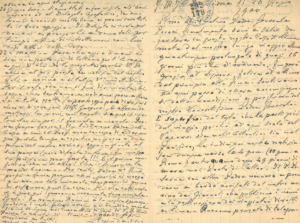 When, the day after his arrival, Tezza went to visit the bishop and the apostolic delegate, Msgr. Pietro Gasparri, the picture that was described to him was a very dark one: ‘this is a matter to put your hands in your hair, because of the material, and also formal and moral, situation’, wrote Tezza, who had been very much struck by the situation, to the Superior General. The undertaking of the visitator, therefore, appeared to be a very arduous one.
When, the day after his arrival, Tezza went to visit the bishop and the apostolic delegate, Msgr. Pietro Gasparri, the picture that was described to him was a very dark one: ‘this is a matter to put your hands in your hair, because of the material, and also formal and moral, situation’, wrote Tezza, who had been very much struck by the situation, to the Superior General. The undertaking of the visitator, therefore, appeared to be a very arduous one.
Tezza had before him an authentic challenge which he prepared to address in a spirit of faith and with courage. The Camillians of the religious house of the Buenamuerte had been present there for almost two centuries, exercising their ministry at the side of the dying. The people loved to call them ‘the fathers of the good death’. For a long time, however, they had been detached from the central headquarters of the Order, that is to say the Mother House in Rome, which had been founded by St. Camillus, and this had led to a relaxation of the religious spirit in Lima. The religious themselves towards the end of the nineteenth century asked to be reunited with Rome. However, it was necessary to restore the foundation to its initial spirit.
For this arduous and sensitive mission of reform, as we have already observed, Father Tezza was chosen. His stay, it appeared, would be for a short period of time. Instead, it became final – he would stay there, in fact, for twenty-three years.



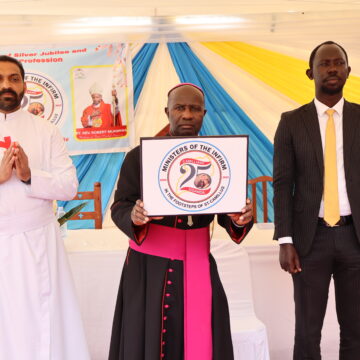
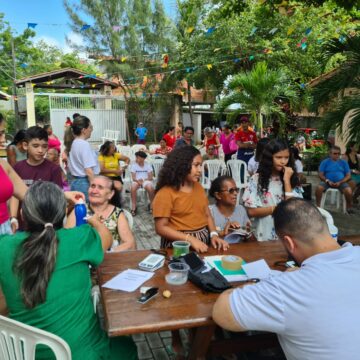
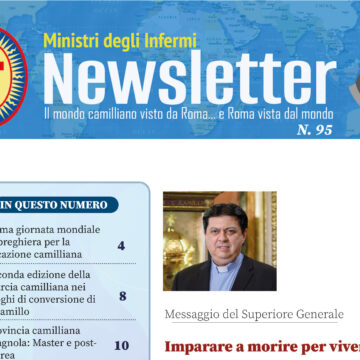
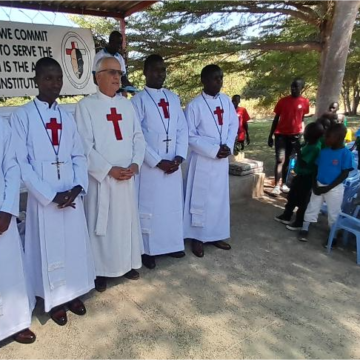
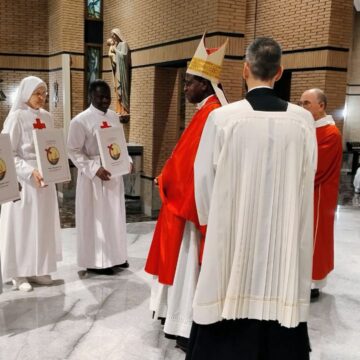

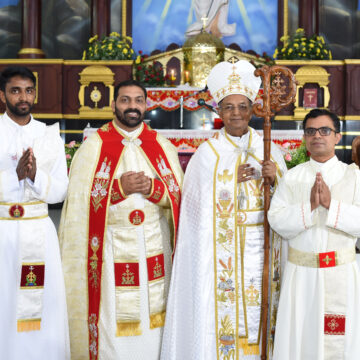
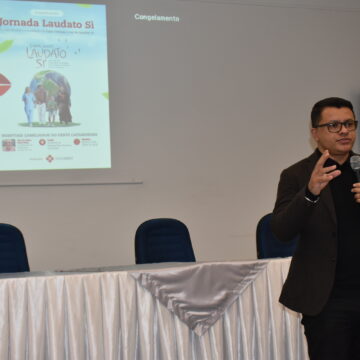
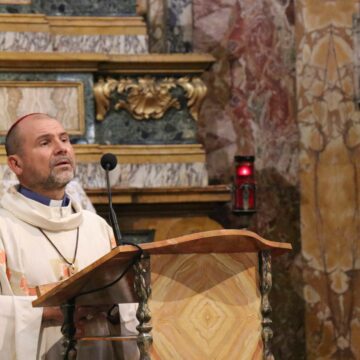
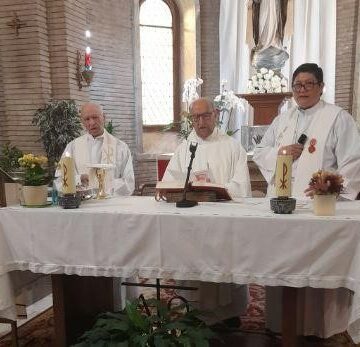
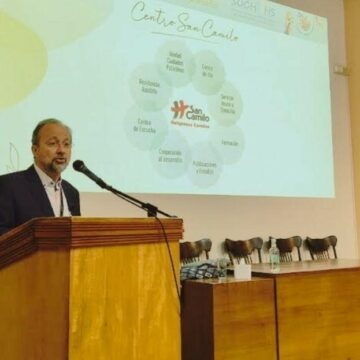
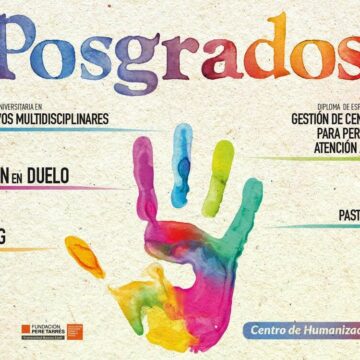
Camillians on Facebook
Camillians on Twitter
Camillians on Instagram